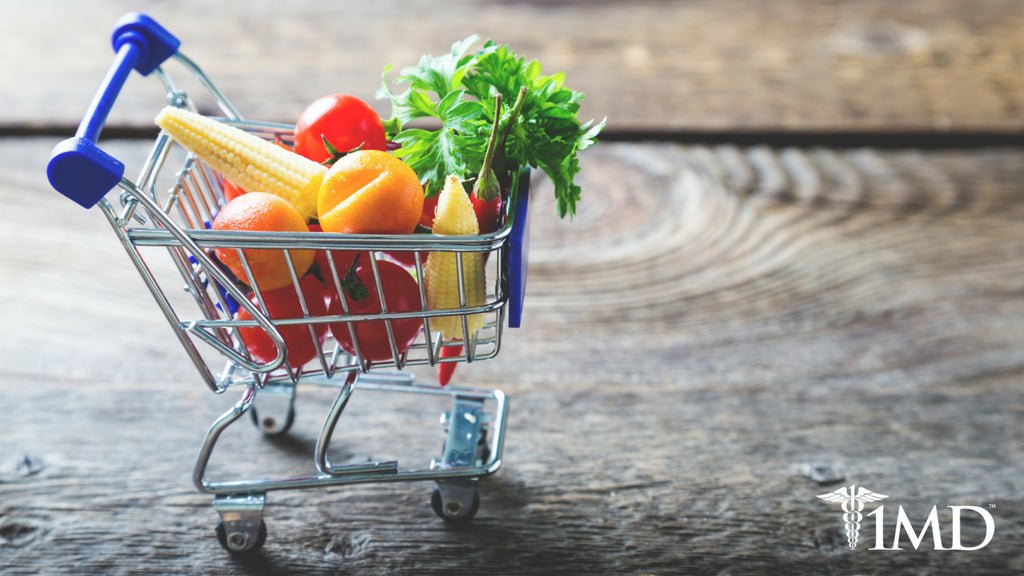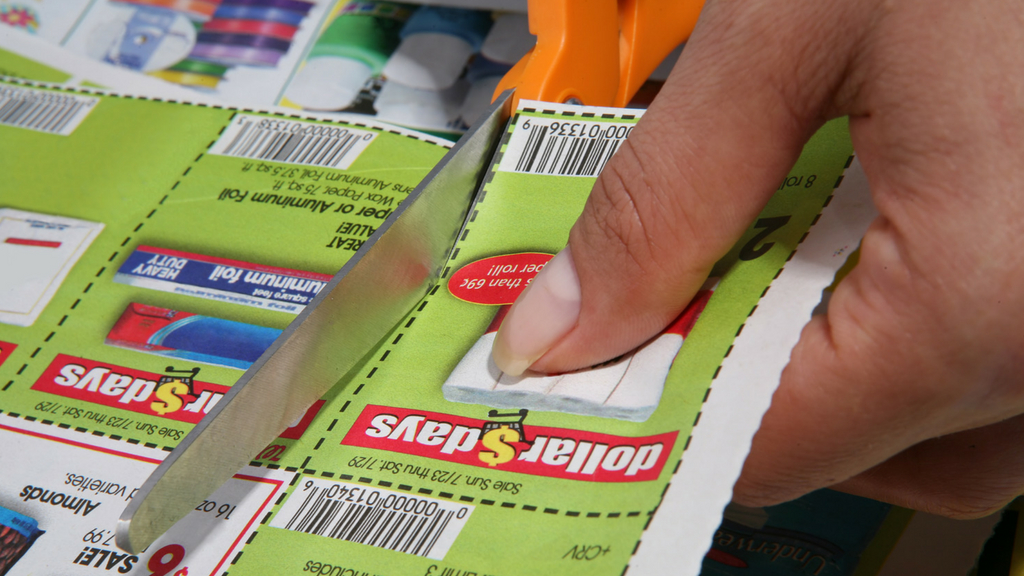How to Make Sure You Always Have a Healthy Grocery Shopping List
8 minute read
Whether you are someone that has to make a list or someone that can remember all they need, grocery shopping can be a challenge. One of the hardest things is sticking to getting only what you planned to buy. There are so many tempting goodies as you walk around the store, and many of them find their way in to your cart and messing up your health goals.
Making a list helps keep you on track and can protect you from buying unhealthy items, but you need a little will power too. Also, you need to be aware of what items are actually good for you and not just something that says low fat but has tons of sugar.
The Science on Shopping
Studies have shown that using a list to keep your purchases in check not only saves you money, but it can lead to healthier eating practices and support weight loss.
| Related: Exercise and Weight Loss Tips for Your 20s, 30s, and Up |
Impulse buys are strategically set around the store to tempt you to buy more. It is one of the oldest marketing tools of the trade. The majority of these impulse items are things you do not need and are unhealthy food choices.
A list keeps you focused and keeps you healthy.
Preparation makes every task easier. A list helps you navigate a busy store and ensures your cart is only filled with healthy options. Take time to plan the list to ensure you get only what you need.
Incorporating the helpful tips below will help you write the most efficient and healthiest list, so you can be in, out, and on your way to healthier eating in no time.

1. Planning Is Essential
Think about the healthy meals you want for the week ahead of time. When the fridge and cupboards are already stocked with good food, you don’t have to rely on fast food or processed TV dinners.
| Related: Does the Cabbage Soup Diet Really Work? |
When you have a meal plan, you are more likely to experience better overall health than those who do not. Additionally, by planning your meals out, you are more likely to cook at home instead of eating out, which ends up being a healthier and higher-quality food option.
2. Be Realistic
You need to be realistic about the foods that you will eat, and not just make a list of what you think you should be eating. If you have a kitchen full of foods you do not like or will not eat, then you will resort to take-out and fast food.
You may be excited about trying a new healthy lifestyle and new foods, but start slowly in case you come across things you do not like. Not having a list also causes you to buy too much stuff.
| Related: How Many Calories Should You Be Eating? |
When you buy more than you realistically can eat in one week, you end up wasting food and money. Add a few new foods to you diet and shopping list each week to start growing your palate.

The idea is to sample rather than splurge. If you are thinking of adding more leafy greens to improve cardiovascular health, try spinach one week, then kale the next, and arugula another time. Then you can opt for your favorite once you have a taste.
3. Make a Running List
Rather than making your list right before you head to the store, keep a running list for you to add to over the course of the week. To-do lists hung by the fridge or pantry can be easily added to when you run out of an item.
You can also add new foods to the list that you want to try, and the running list helps prevent you from forgetting anything at the last minute.
4. Organize Your List
Organize the items on your list into categories to help keep you organized as you walk through the store. Rather than going from one end of the store to the other and back again, you can work your way through in an orderly fashioned.
This saves you time and prevents unnecessary frustration which may prompt an impulse buy.
You can divide the list according the layout of the grocery store or in categories such as produce (fresh fruits/vegetables), meats (lean poultry and fish), dairy (yogurt and milk), proteins (eggs and nuts), and carbohydrates (whole grain bread, quinoa, and potatoes).
| Related: Why You Need to Add Probiotics to Your Healthy Diet |
The easiest way to avoid unhealthy snacks and sugar-laden items is to not even include the category on your list. Or, to be a bit more realistic, you can add a category for a treat, but only allow yourself that one cheat.
5. Focus on What Is Healthy
When you first start following a healthier diet plan, it can be challenging to stick to the new healthy items. Habit can take you right back to the processed food aisle in no time.

The more organized your list, and by only putting healthy items on it, the better chance you stand of avoiding the temptations. Minimizing intake of processed foods protects you from heart disease, diabetes, and helps you lose weight.
Stay clear of the tempting sections, such as the bakery and processed food aisles. You can even writing a note on the list to remind yourself why you are getting healthy.
Dairy, healthy proteins, and fresh fruits & vegetables are typically located around the perimeter of the store, so plan your list and your store visit around that idea. The less time you spend in the middle sections, the less unhealthy food you will buy.
6. Stick With It
The purpose of every store is to get you to spend money. They don’t really care if you buy healthy or not. You need to be focused and dedicated to your plan when you go to the store and often you need to avoid flyers and coupons.
While saving money is a good thing, these discounts are almost always geared towards processed and packaged foods.
Clip out coupons for healthy produce and meats and throw the rest away to avoid temptation. Should a flashy display catch your eye, take a minute and consider if it fits in with your new plan and remind yourself why you are eating healthy.

You should be able to walk right by once you re-focus your attention on your health goals.
The Bottom Line
When you decide to change your lifestyle to a healthy one, it can seem like the world is actively opposed to your goal, especially at the supermarket. This mainly occurs as you begin to learn how unhealthy much of what is called “health food” can actually be.
Grocery shopping doesn’t have to be a challenge. The problems arise with all the temptations lurking around every corner. If you are prepared, armed with a list, and focused on improving your health, you can be in and out with a cart full of healthy items and on your way to healthy living.












